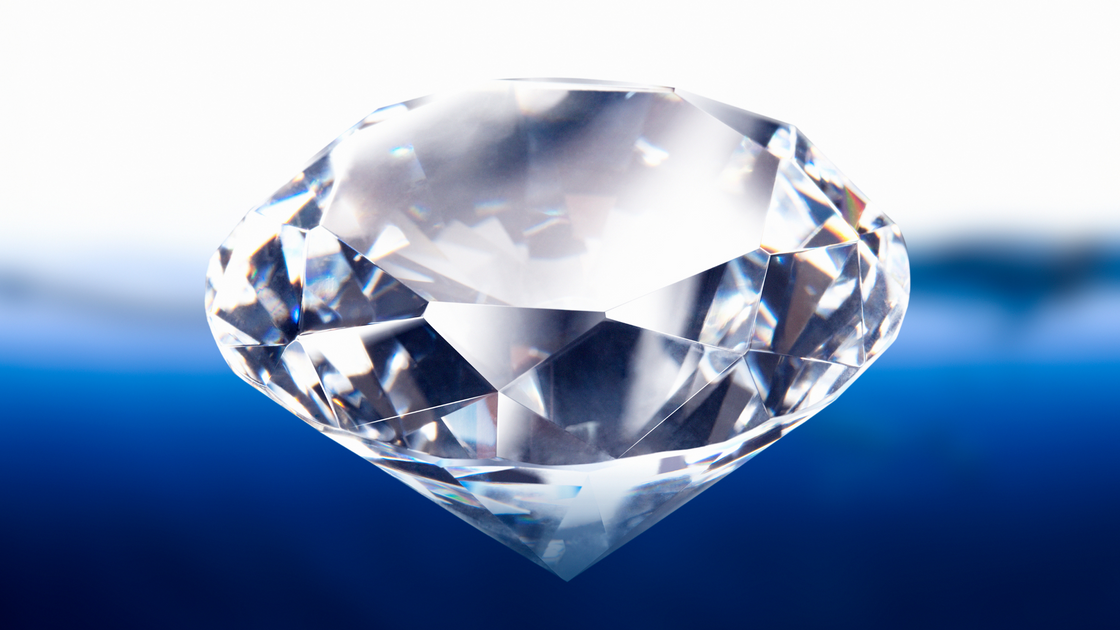
Grasping Jewels: The 4Cs and Picking either HPHT and CVD Precious stones
admin
- 0
With regards to choosing the ideal jewel, grasping the 4Cs — Cut, Variety, Clearness, and Carat weight — is fundamental. These qualities not just characterize the quality and worth of a precious stone yet in addition impact its general excellence and allure. In this article, we will investigate the diamanten 4Cs exhaustively and examine the distinctions between HPHT (High-Tension High-Temperature) and CVD (Synthetic Fume Statement) precious stones, assisting you with pursuing an educated choice.
Table of Contents
ToggleThe 4Cs of Jewels
1. Cut
The slice of a jewel alludes to how well it has been molded and faceted. It is quite possibly of the most urgent element influencing a precious stone’s splendor and shimmer. A very much cut precious stone mirrors light delightfully, upgrading its general appearance. The cut is evaluated on a scale from Great to Poor, with the best cuts displaying ideal extents and balance. The most well known jewel shapes include:
Round Splendid
Princess
Emerald
Oval
Pear
Asscher
2. Variety
Jewel variety alludes to the shortfall of variety in a precious stone, with the scale going from D (lackluster) to Z (light yellow or brown). Drab jewels are the most pursued and order greater costs. Nonetheless, slight variety contrasts can be unpretentious, making jewels in the G-H range (close vapid) a well known decision for those looking for esteem without forfeiting appearance.
3. Lucidity
Lucidity estimates the presence of inner or outside defects, known as considerations and flaws. Precious stones are evaluated on a scale from Perfect (no considerations apparent under 10x amplification) to Included (incorporations apparent to the unaided eye). The less the blemishes, the higher the clearness grade, bringing about more prominent brightness.
4. Carat Weight
Carat weight estimates the size of the precious stone. One carat rises to 200 milligrams. While bigger precious stones will generally be more important, two jewels of a similar carat weight can have fundamentally various qualities in view of their cut, variety, and lucidity. It’s crucial for offset carat weight with the other Cs for the best generally speaking appearance.
HPHT oder CVD Diamant: What’s the Distinction?
Both HPHT oder Cvd diamant are techniques for making lab-developed precious stones that have similar physical and synthetic properties as normal jewels. In any case, there are key contrasts between the two cycles that can impact your decision.
1. HPHT Jewels
High-Strain High-Temperature (HPHT) precious stones are made by impersonating the normal circumstances under which jewels structure in the World’s mantle. This cycle includes applying high tension and temperature to carbon, bringing about the development of a jewel. Key qualities of HPHT precious stones include:
Creation Interaction: HPHT precious stones are made utilizing a press that produces outrageous intensity and strain, changing carbon into a jewel.
Variety Reach: HPHT precious stones can display various varieties, including shades of yellow and brown, because of the presence of nitrogen pollutions.
Gem Design: HPHT precious stones frequently have a more cubic gem structure, which can bring about a remarkable appearance.
2. CVD Precious stones
Compound Fume Testimony (CVD) precious stones are created by separating carbon-containing gases into their nuclear parts, permitting carbon molecules to solidify on a substrate. Key elements of CVD jewels include:
Creation Interaction: CVD includes a gas combination, frequently methane and hydrogen, which is ionized to make plasma. This interaction considers a controlled climate for precious stone development.
Variety Reach: CVD precious stones will generally be more boring than HPHT jewels, frequently creating D to H variety grades, pursuing them a well known decision for wedding bands.
Flexibility: CVD innovation considers more exact command over the precious stone’s development, bringing about a more extensive assortment of shapes and sizes.
Which Would it be advisable for you to Pick?
Picking either HPHT and CVD precious stones generally relies upon individual inclination and explicit necessities. Here are a few variables to consider:
Style: Assuming you favor a precious stone with a particular tone or appearance, research the variety scopes of both HPHT and CVD jewels to find the choice that lines up with your vision.
Quality: The two strategies produce top notch jewels, yet CVD precious stones are much of the time more reliable in variety and lucidity. On the off chance that you focus on a dry appearance, CVD might be the better choice.
Spending plan: By and large, CVD jewels might be more reasonable than HPHT precious stones because of the creation interaction. Consider your spending plan while going with a choice.
Conclusion
Understanding the 4Cs of precious stones is fundamental while choosing the ideal pearl, whether it be for a wedding band, a commemoration gift, or an individual treat. Furthermore, knowing the distinctions among HPHT and CVD precious stones can assist you with pursuing an educated decision that lines up with your inclinations and values. The two sorts of lab-developed precious stones offer staggering choices that give moral and harmless to the ecosystem options in contrast to mined jewels, it isn’t simply gorgeous yet in addition capable to guarantee that your buy.

